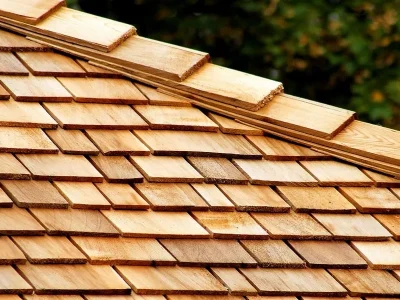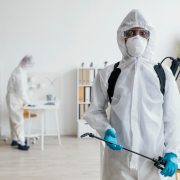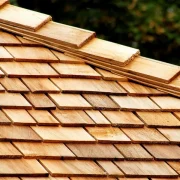Appliances are essential in our daily lives, and when they break down, it can be a hassle. While many homeowners opt to call in professionals for appliance repair, some choose to take matters into their own hands. If you’re among the DIY enthusiasts looking to fix your appliances, this guide will provide you with valuable tips and insights on how to get started, including safety precautions, essential tools, and step-by-step instructions for common repairs.
Safety First
Before diving into any appliance repair project, your safety should be the top priority. Always remember to:
Disconnect Power: Unplug the appliance or turn off the circuit breaker to ensure there’s no electricity running through it.
Gas Appliances: If you’re dealing with gas appliances like stoves, shut off the gas supply and ventilate the area.
Protective Gear: Wear safety goggles, gloves, and appropriate clothing to protect yourself from sharp edges, electrical shocks, or chemical exposure.
Work in a Well-lit Area: Proper lighting can help prevent accidents and ensure you don’t miss important details.
Essential Tools
Having the right tools at your disposal is crucial for successful appliance repair. Here are some tools you should consider having on hand:
Screwdrivers: Both flat-head and Phillips screwdrivers in various sizes.
Multimeter: To test electrical components and circuits.
Pliers: Needle-nose pliers and regular pliers for various tasks.
Wrenches: Adjustable and socket wrenches for tightening or loosening nuts and bolts.
Appliance-Specific Tools: Some repairs may require specialized tools, so check the appliance’s user manual for recommendations. (source)
Common Repairs and Step-by-Step Instructions
Unclogging a Garbage Disposal: If your garbage disposal is jammed, first turn off the power. Use an Allen wrench to manually rotate the disposal’s motor until it moves freely. Remove any debris causing the jam.
Fixing a Leaky Dishwasher: Start by turning off the dishwasher and disconnecting the power. Inspect the door gasket for wear or damage. Replace it if needed, ensuring a snug fit.
Refrigerator Not Cooling: Check the condenser coils for dust and debris. Clean them with a brush or vacuum to improve heat dissipation. Make sure the fridge is level to allow for proper cooling.
Washer Not Draining: If your washing machine doesn’t drain, unplug it and locate the drain pump filter. Remove any clogs or debris. Check the drain hose for obstructions as well.
Oven Temperature Issues: If your oven is cooking unevenly or at the wrong temperature, consider calibrating it according to the manufacturer’s instructions. An oven thermometer can help you verify the accuracy.
Remember, not all appliance repairs can be safely or easily done by homeowners. When in doubt or if the repair seems beyond your expertise, it’s best to contact a professional appliance repair service. And for those in need of reliable appliance repair near you, search for “appliance repair near me” to find local experts who can assist with more complex or risky repairs. Safety should always come first, and a professional’s expertise may be the wisest choice for complex appliance issues.













Comments